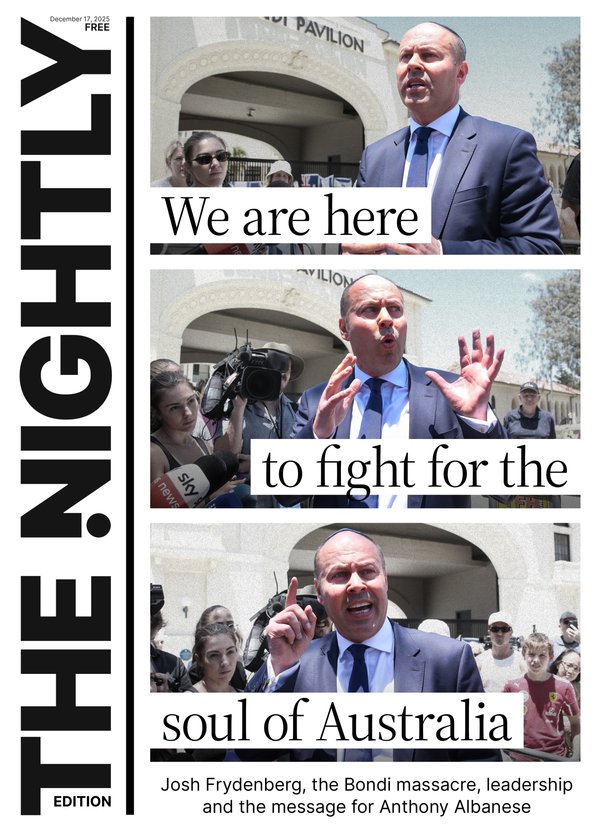Housing affordability crisis ‘will get worse’ as 1.2 million home target hits a brick wall

Australia is already in danger of missing its 1.2 million home-building target but permanently high construction costs suggests it will fall well short.
Stubbornly elevated wages and material costs have Deloitte Access Economics increasingly pessimistic about the prospects for future construction.
In its latest business outlook report, the economics outfit downgraded its forecasts, now expecting fewer than one million new homes to be finished over the five-year horizon.
Sign up to The Nightly's newsletters.
Get the first look at the digital newspaper, curated daily stories and breaking headlines delivered to your inbox.
By continuing you agree to our Terms and Privacy Policy.Confidence in the nationally agreed home-building goal - aimed at boosting supply and improving housing affordability - has been waning as labour shortages and other challenges plague the industry.
Construction costs were no longer moving higher but were not falling either, meaning the sector would be both “unwilling and unable” to lift supply unless property prices also rose, Deloitte Access Economics partner Stephen Smith said.
“That is, housing affordability will get worse before it has a hope of getting better,” Mr Smith said.
The federal opposition believes the 1.2 million homes target is unattainable and has unveiled a policy to unlock 500,000 new dwellings by spending $5 billion on sewerage, water and other infrastructure needed to speed up construction.
On the broader economic outlook, Deloitte Access Economics assessment was bleak.
It was expecting economic growth of a measly 1.2 per cent for 2024/25 before accelerating a little to 1.9 per cent in the following financial year.
Mr Smith questioned the Reserve Bank of Australia’s view the level of demand in Australia was too high relative to supply, pushing up inflation.
“That is debatable given that an economy’s supply capacity can only be estimated, not observed,” he said.
“Even if it is the case that the level of demand in Australia is too high relative to supply, surely the solution is to lift supply through improved productivity, not to crush demand with higher interest rates.”
The central bank has kept interest rates elevated at 4.35 per cent for several months and most economists do not expect cuts until early next year.
Treasurer Jim Chalmers said Deloitte’s report supported his government’s approach to managing the economy.
“Our primary focus is getting on top of our inflation challenge without ignoring the risks to growth, and we’re doing this while building a more productive and dynamic economy,” Dr Chalmers said.
